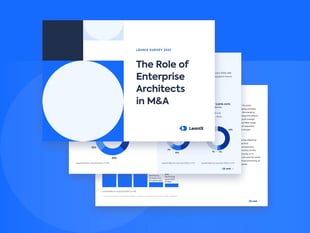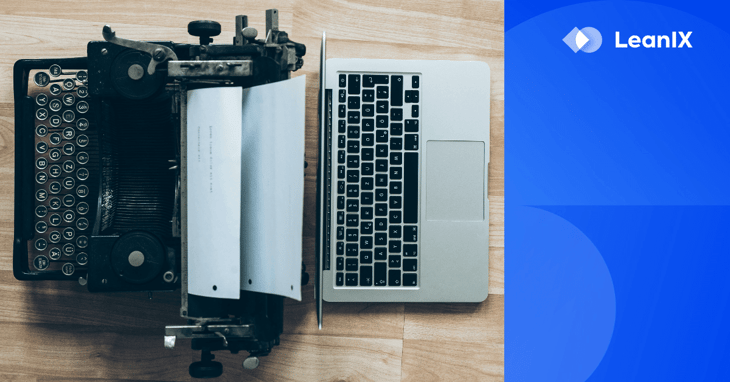
Technology obsolescence management
5 Risks Of Legacy Technology For Enterprise Architects5 Risks Of Legacy Technology For Enterprise Architects
Enterprise architecture can be undone by obsolete IT components. Learn 5 reasons technology obsolescence risk management is key for enterprise architects.
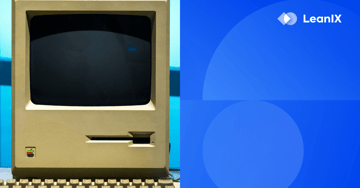
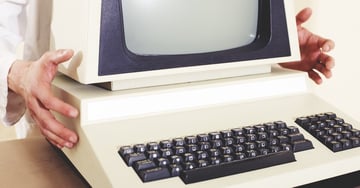
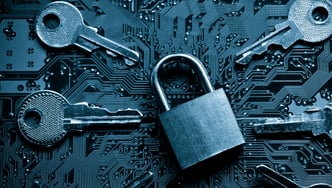
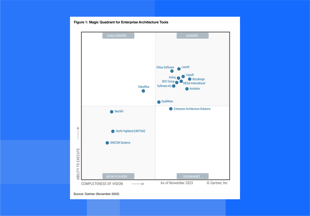
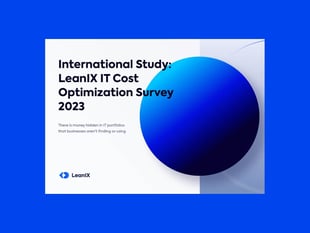
/EN/Reports/EN-LX-SAPS4HANA-Survey-Resource-Page-Thumbnail.png?width=310&height=217&name=EN-LX-SAPS4HANA-Survey-Resource-Page-Thumbnail.png)
